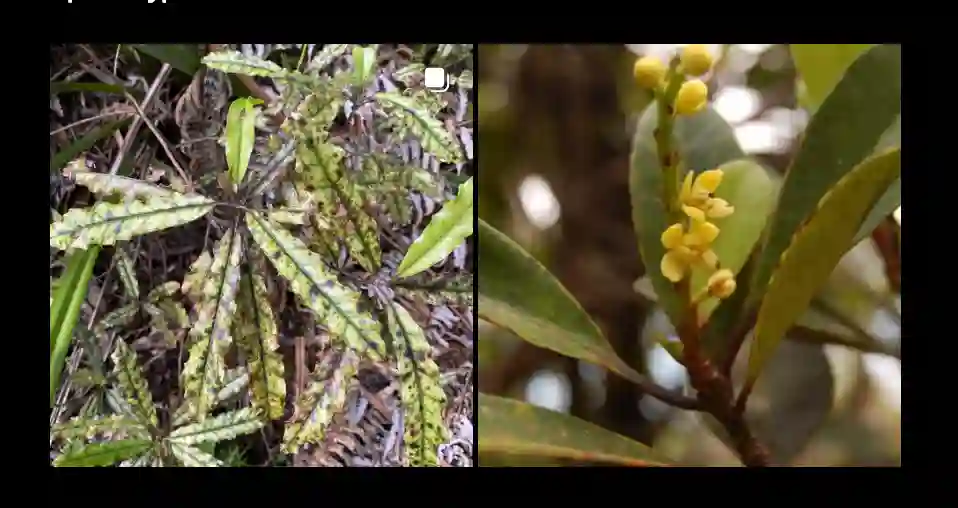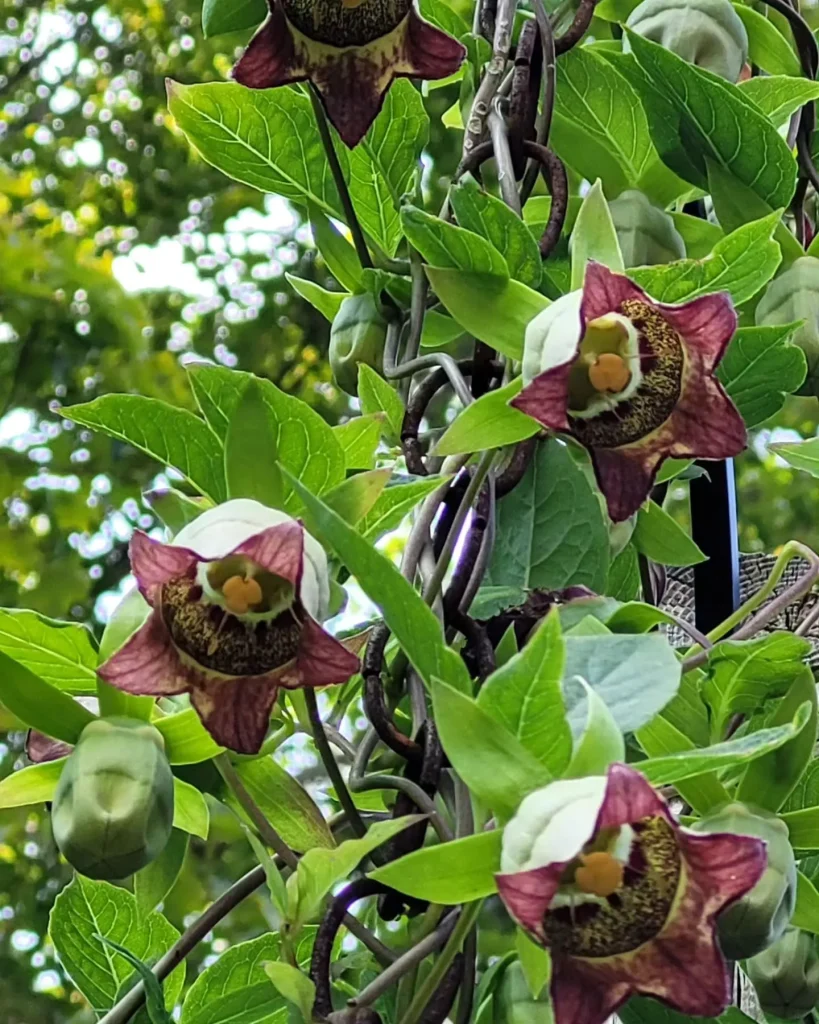Carex Plantaginea: The Easy-Going Sedge for Your Garden
Hi, Ferb Vu here! Today, we’re diving into the world of Carex plantaginea, also known as plantainleaf sedge or seersucker sedge. This versatile little perennial is a favorite among gardeners for its low-maintenance charm and unique aesthetic.
Whether you’re a seasoned plant enthusiast or a curious newbie, this FAQ will answer all your burning questions about Carex plantaginea.
2324 Species in Genus Carex
What is Carex Plantaginea?
Carex plantaginea is a perennial herb belonging to the sedge family (Cyperaceae). This herbaceous beauty boasts wide, bright green leaves that resemble the plantain plant (hence the name!). Showy flower spikes emerge on purple stems in spring, adding a touch of elegance to the low-growing foliage.
What Makes Carex Plantaginea Special?
Here’s what makes Carex plantaginea a standout choice for your garden:
- Low-Maintenance: This easy-going plant thrives with minimal fuss. It requires moderate watering and tolerates a wide range of soil conditions, making it perfect for busy gardeners.
- Evergreen Appeal: Unlike most sedges, Carex plantaginea retains its green foliage throughout most of the year, adding a touch of life to your winter landscape.
- Textural Interest: The broad, puckered leaves, reminiscent of seersucker fabric (hence another nickname!), create a unique textural element that complements other plants in your garden.
- Adaptability: Carex plantaginea is comfortable in both sunny and partially shaded areas, making it a versatile choice for various garden placements.
Carex vs. Other Plants: How Does it Compare?
If you’re considering Carex plantaginea, you might be curious about how it stacks up against other popular choices. Here’s a quick comparison:
- Carex vs. Hostas: Both Carex and hostas offer shade-tolerant foliage, but Carex provides a more textural element with its puckered leaves. Hostas tend to be showier with their larger leaves and flowers.
- Carex vs. Ornamental Grasses: Similar to ornamental grasses, Carex adds a touch of movement and texture to the garden. However, Carex offers a broader leaf with a unique seersucker-like appearance.
- Carex vs. Ferns: Both ferns and Carex thrive in shade, but ferns offer a more delicate, feathery texture. Carex provides a bolder presence with its broader leaves.
Ultimately, the best choice depends on your specific needs and desired aesthetic.
How to plant and care for Carex Plantaginea?
Planting Carex plantaginea is a breeze. Here’s a quick guide:
- Timing: Plant your Carex in spring or fall when the soil temperatures are mild.
- Location: Choose a spot with full or partial shade. The plant tolerates some sun exposure but thrives in dappled light.
- Soil: Carex prefers moist, well-drained soil but adapts to various conditions.
- Planting: Dig a hole twice the size of the plant’s root ball. Gently loosen the roots and place the plant in the hole. Backfill with soil and water thoroughly.
- Watering: Water your Carex regularly, especially during the first growing season. Once established, it tolerates moderate drought periods.
- Fertilizer: Fertilizing is not necessary for Carex plantaginea.
- Dividing: If your Carex clump becomes too large, you can divide it in spring or fall.
Is Carex Plantaginea deer resistant?
While not completely deer-proof, Carex is generally not a favorite among deer.
Does Carex Plantaginea spread?
Carex slowly spreads by underground rhizomes, forming a clump over time. This makes it a great choice for borders or as a groundcover.
How tall does Carex Plantaginea grow?
Carex typically grows to a height of 12-18 inches with a spread of 18-24 inches.
Is Carex Plantaginea safe for pets?
Yes, Carex Plantaginea is non-toxic to both cats and dogs.
Conclusion: Embrace the Easy Elegance of Carex Plantaginea
With its low-maintenance nature, unique texture, and evergreen appeal, Carex Plantaginea is a fantastic addition to any garden. Whether you’re a seasoned plant parent or a curious beginner, this versatile sedge is sure to thrive with minimal effort.
If i die, water my plants!



